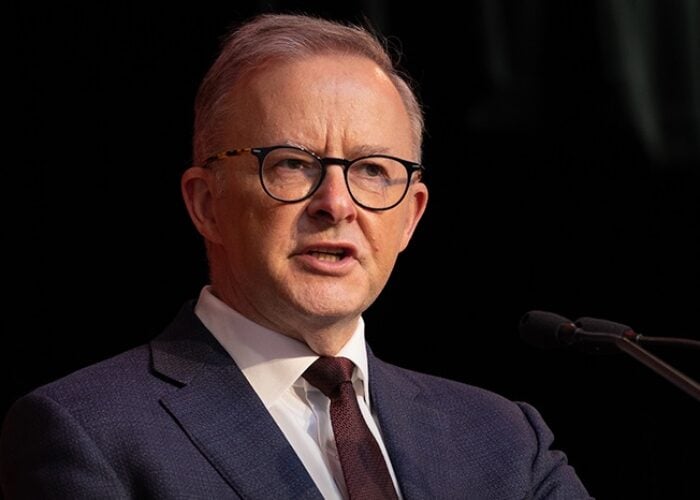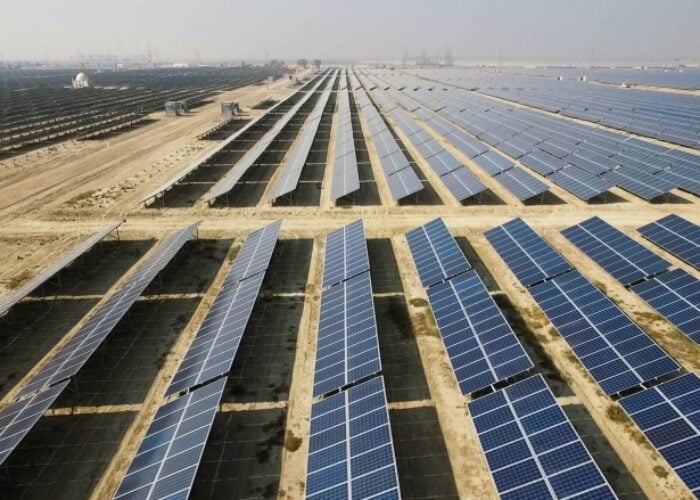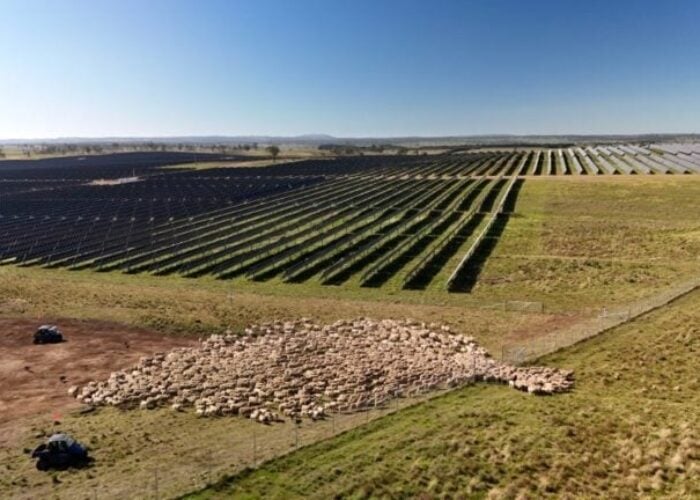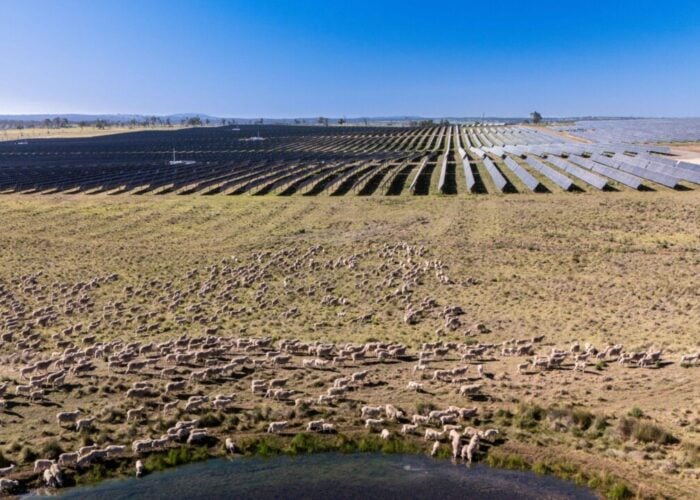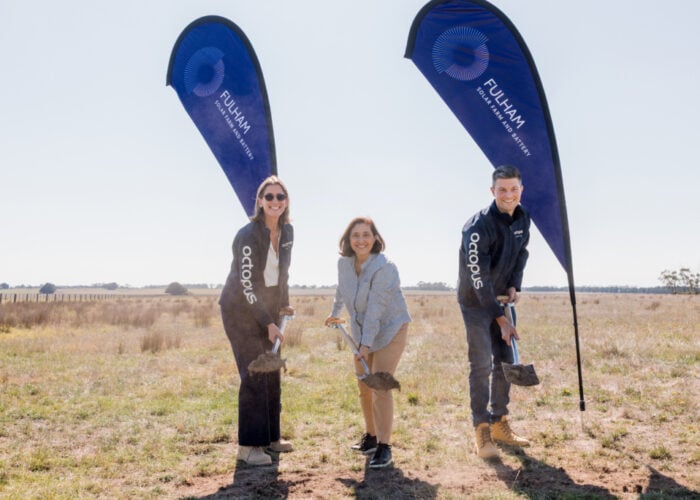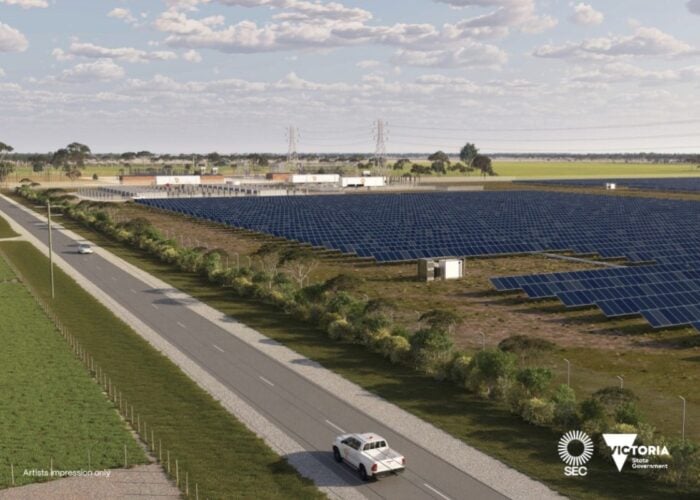
Australia has installed nearly 3GW of rooftop solar PV in 2024, according to a report from the Clean Energy Council.
In the second half of the year, the country added 1.6GW of rooftop capacity, driving the total installed rooftop solar to more than 25.5GW, a milestone that it reached in November 2024. Rooftop solar now represents more installed capacity than black and brown coal combined.
Unlock unlimited access for 12 whole months of distinctive global analysis
Photovoltaics International is now included.
- Regular insight and analysis of the industry’s biggest developments
- In-depth interviews with the industry’s leading figures
- Unlimited digital access to the PV Tech Power journal catalogue
- Unlimited digital access to the Photovoltaics International journal catalogue
- Access to more than 1,000 technical papers
- Discounts on Solar Media’s portfolio of events, in-person and virtual
Or continue reading this article for free
In the bi-annual Rooftop Solar and Storage Report, the CEC highlighted that rooftop solar contributed to 12.4% of Australia’s total energy generation in 2024.
Despite the 3GW of added rooftop solar in 2024, numbers are slightly down from 2023, when the country registered 3.2GW of rooftop PV.
For the fifth year in a row, installation systems passed the 300,000 threshold, and even though numbers are 10% lower than in 2023, the average size unit continued to increase.
In the last month of 2024, the average size unit reached a record of 11.08kW, up from the 10.33kW registered in December 2023 and the 9.52kW registered in December 2022. According to the report, the surge is in line with seasonal trends, with an average size spike in the lead-up to summer.
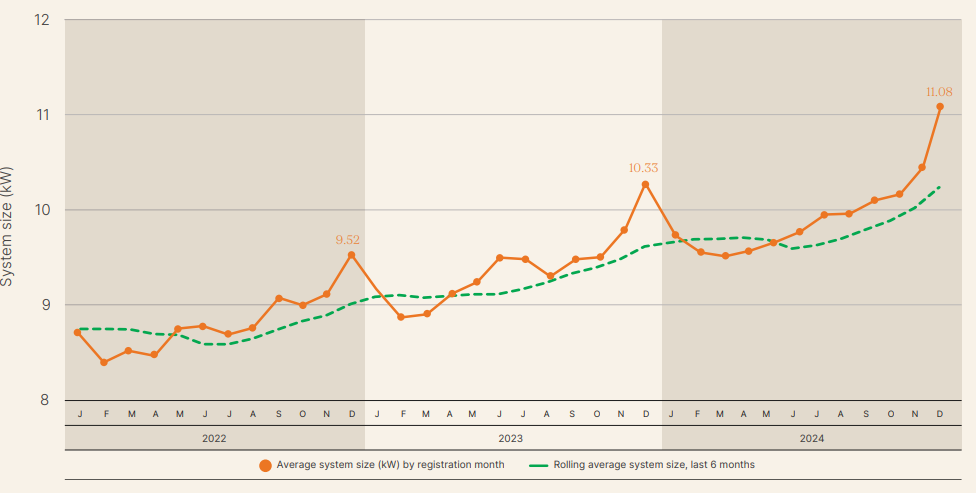
For a second year in a row, New South Wales was the leading state in installed capacity with 952MW. It was followed by Queensland and Victoria, with 800MW and 582MW, respectively. New South Wales and Queensland account for more than half of all rooftop PV installations in Australia.
Battery attachment keeps going up
The battery attachment to rooftop PV systems continues to increase, with nearly 186,000 battery units now installed across Australia. Just over 45,000 were added in the second half of 2025, a 55% increase from the same period in 2023.
In H2 2025, 28.4% of rooftop solar installations had a small-scale battery system attached. October 2024 saw an all-time high peak of 36% attachment rate before dropping to 26% in December 2024. This is up from the 15% attachment rate registered in December 2023.
Similar to the rooftop solar trend, New South Wales, Victoria and Queensland were the states with the most batteries installed in 2024.
“However, only one in three rooftop solar owners has a battery storage system installed, despite its capability to save households up to 80 per cent for a combined solar battery system,” said Clean Energy Council General Manager – Distributed Energy, Con Hristodoulidis.
Last year, the CEC called for a national strategy to bolster the uptake of rooftop solar and home battery storage across the country. The strategy aims to reduce Australian household’s energy bills, which could provide over AU$22 billion in savings through 2050.
“In a cost-of-living crisis, it’s clear the upfront cost of purchasing a home battery, which averages around AU$12,000 – AU$15,000, is a barrier to entry for many people, and this is why we need a national battery rebate scheme,” added Hristodoulidis.
“Batteries that are integrated into the grid (also known as orchestration or virtual power plants) have the added advantage of supplying electricity to the grid when it is needed most, reducing costs for everyone and creating a more resilient energy system,” concluded Hristodoulidis.

